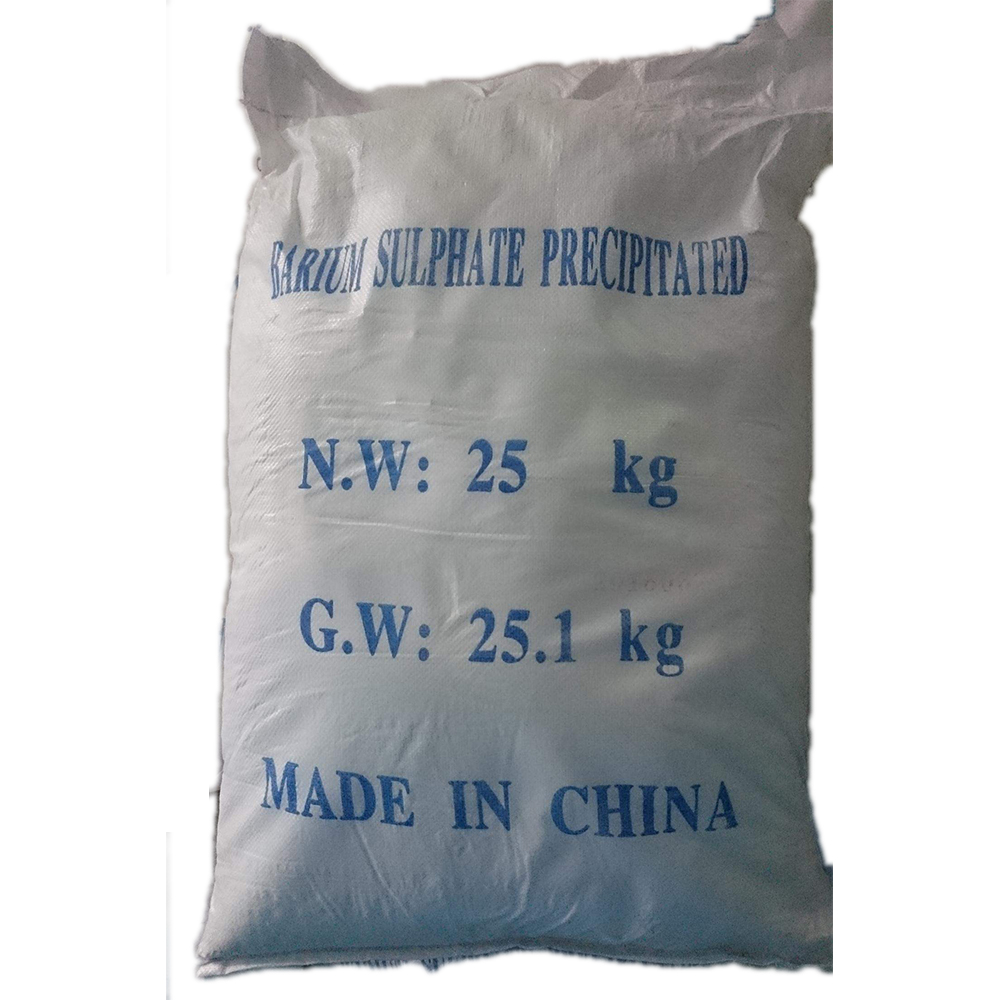



Anionic Polyacrylamide SDS Analysis and Its Applications in Various Industries
Anionic Polyacrylamide SDS Understanding the Essentials for Applications and Safety
Anionic Polyacrylamide (APAM) is a water-soluble polymer that is widely utilized in various industrial applications due to its excellent flocculating, thickening, and stabilizing properties. This synthetic polymer is based on acrylamide monomers, where the anionic charges are introduced into the polymer chain, enhancing its affinity for cationic materials. One critical aspect of working with any chemical compound, including APAM, is understanding its Safety Data Sheet (SDS), which provides essential information on handling, hazards, and safety measures.
Composition and Properties of Anionic Polyacrylamide
Anionic polyacrylamide is structured from polyacrylamide, which is created through the polymerization of acrylamide. During this process, anionic groups, typically carboxylate ions, are introduced into the acrylamide chains. This anionic nature allows APAM to interact effectively with positively charged particles, making it suitable for various applications such as water treatment, soil conditioning, enhanced oil recovery, and more.
The key properties of Anionic Polyacrylamide include
1. Water Solubility APAM is soluble in water, which allows for easy application in liquid processes. 2. High Molecular Weight The molecular weight can vary significantly, influencing its viscosity and performance as a flocculant. 3. Ion Specificity Due to its anionic nature, APAM can effectively bind with cationic species, improving coalescence and sedimentation in mixtures.
Applications of Anionic Polyacrylamide
The versatility of anionic polyacrylamide makes it popular in several sectors
1. Water Treatment APAM is extensively used for the coagulation and flocculation of suspended solids in wastewater treatment. It helps in the removal of pollutants, facilitating environmental protection and compliance with regulations. 2. Agriculture The polymer improves soil structure, enhances water retention, and reduces erosion. It can be applied in fields to promote soil stability and crop yields.
3. Mining In the mining industry, APAM is utilized to separate valuable minerals from waste materials through froth flotation processes.
anionic polyacrylamide sds

Safety Considerations and Understanding the SDS
Safety Data Sheets (SDS) are vital documents that convey comprehensive information about chemical products, including their hazards, handling instructions, and first aid measures. When dealing with Anionic Polyacrylamide, understanding the SDS is crucial for safe use.
1. Hazard Identification The SDS provides information on potential hazards associated with APAM. Although it is generally considered safe to handle, exposure to concentrated forms can lead to skin and eye irritation.
2. Handling and Storage Recommendations Proper handling includes wearing appropriate personal protective equipment (PPE), such as gloves and goggles. The SDS will also provide guidance on the correct storage conditions, typically emphasizing a cool, dry place away from incompatible substances.
3. Exposure Controls Safety measures may include engineering controls such as fume hoods or adequate ventilation in workplaces where APAM is used to minimize inhalation risks.
4. Emergency Measures In case of spills or exposure, the SDS outlines steps for first aid measures, including flushing eyes with water or seeking medical attention if necessary. Understanding these guidelines is essential for minimizing health risks.
Conclusion
Anionic Polyacrylamide represents a crucial component in various industrial applications, showcasing its effectiveness as a flocculant, soil conditioner, and more. However, working with APAM necessitates a thorough understanding of its Safety Data Sheet to ensure safe handling and compliance with established safety protocols. By adhering to the guidelines provided in the SDS, users can leverage the advantages of Anionic Polyacrylamide while maintaining a safe working environment. The combination of its beneficial properties and the emphasis on safety makes APAM an indispensable tool in many industries.
-
Why Sodium Persulfate Is Everywhere NowNewsJul.07,2025
-
Why Polyacrylamide Is in High DemandNewsJul.07,2025
-
Understanding Paint Chemicals and Their ApplicationsNewsJul.07,2025
-
Smart Use Of Mining ChemicalsNewsJul.07,2025
-
Practical Uses of Potassium MonopersulfateNewsJul.07,2025
-
Agrochemicals In Real FarmingNewsJul.07,2025
-
Sodium Chlorite Hot UsesNewsJul.01,2025










